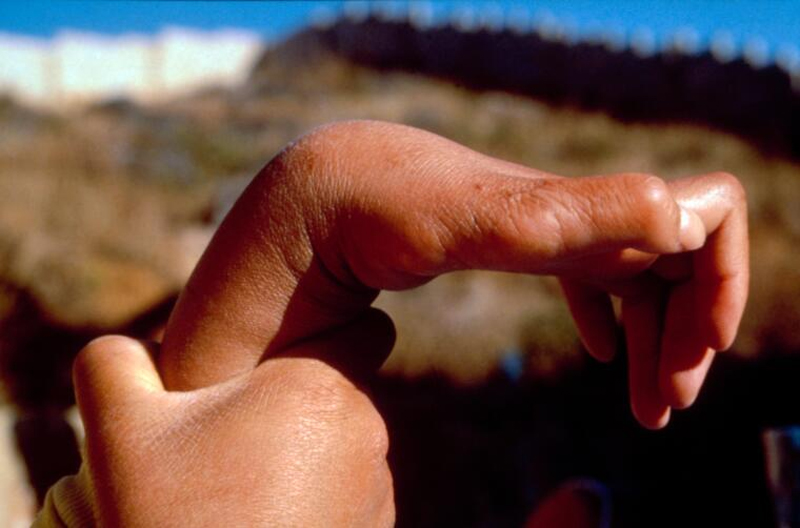 A type of paralysis characterized by an inability to extend or lift the wrist resulting from damage to the radial nerve (the nerve that supplies the arm, forearm, and hand).
A type of paralysis characterized by an inability to extend or lift the wrist resulting from damage to the radial nerve (the nerve that supplies the arm, forearm, and hand).
Paralysis of the muscles that raise the wrist, which is caused by damage to the *radial nerve. This may result from compression of the nerve against the humerus in the upper arm or from selective damage to the nerve, which is a feature of lead poisoning.
A condition in which the hand is flexed at the wrist and cannot be extended; may be due to injury of the radial nerve or paralysis of the extensor muscles of the wrist and hand.
The incapacity to fully extend the wrist, preventing the back of the hand from aligning with the back of the forearm, results in a weakened grip.
Wrist-drop occurs due to injury to the radial nerve, which can happen from sustained pressure in the armpit area or from a fractured humerus bone.
The treatment approach consists of keeping the wrist in a straight position. This can often be accomplished using a splint. However, if the damage to the radial nerve is irreversible, surgical fusion of the wrist bones, known as arthrodesis, may be the recommended course of action.
The inability to flex the hand backwards, caused by paralysis of the extensor muscles, commonly associated with lead poisoning but can also appear in other conditions.
